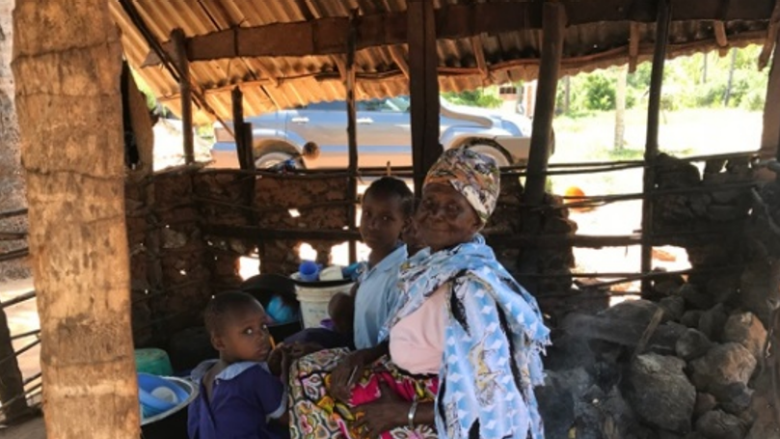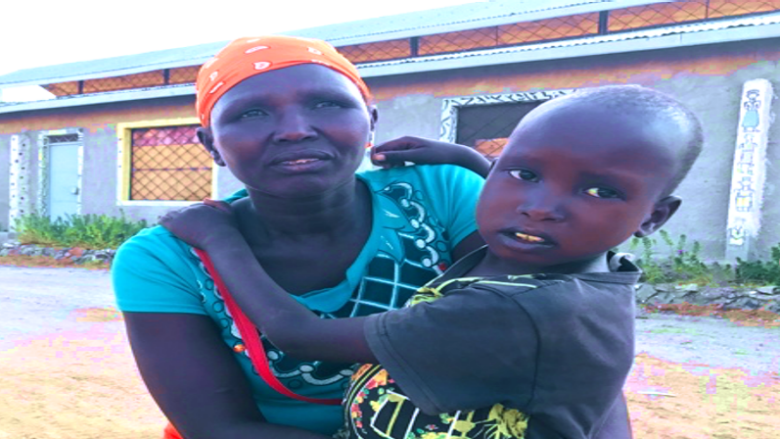Challenge
Before introducing a national safety net program, Kenya was experiencing a high incidence of poverty— around 46.6 % poverty rate. Poverty was also intertwined with higher inequality and vulnerability to shocks, the most significant of which was recurring droughts in Northern Kenya.
Though the Government had started using safety net cash transfers as income support to the poorest and vulnerable households, their coverage remained low with only four percent of the population covered in 2013. Cash transfer programs were also fragmented and uncoordinated with different implementation arrangements leading to a variety of inefficiencies and duplication. The governance and fiduciary controls were also weak due to gaps in the quality of delivery systems across all programs.
There was an urgent need to harmonize the policy, strengthen institutional arrangements, and invest in efficient delivery of cash transfers to leverage their potential to timely address the needs of the poor and vulnerable.
Approach
The Program used a new financing instrument called Program for Results Financing (PforR), linking disbursement of funds directly to the achievement of specific program results. The Program builds upon the achievements of existing Investment Project Financing (IPF) in Kenya.
In setting up the National Safety Net Program, technical, social and environmental, and fiduciary assessments allowed the team to take a deeper dive into precise gaps and challenges in the current program which could then be addressed by incentivizing results.
Results
- Increased coverage of cash transfers from 1.65 million in 2013 to 5 million people in 2019 (of which 2.3 million are women), exceeding the original target of 4.28 million.
- Harmonized policy and program delivery through a consolidated strategy, adopted in 2016, for all cash transfer programs allowed the use of streamlined targeting tool, payment system, and grievance management. The creation of a Social Assistance Unit (SAU) for coordinated implementation of three cash transfer programs under the State Department of Social Protection helped reduce fragmentation and achieve efficiency.
- Single Registry of beneficiaries under the National Safety Net Program, put in place in 2015, which is linked to the Integrated Population Registry System, provided a tool for transparent and accountable selection of beneficiaries.
- A Harmonized targeting tool for all four cash transfer programs was piloted in 2018. The tool is being refined in 2019 and will be used for future targeting and recertification.
- Technology based payments, introduced in 2015, allowed over 930,000 beneficiary households to receive their cash transfers electronically via two factor authentication system. A new payment system was also launched in 2019, which offers beneficiaries a choice to select a payment provider that meets their service needs.
- Consolidated management information systems for three cash transfer programs under the State Department of Social Protection enhanced the use of technology for program administration and fiduciary oversight in 2018.
- Consolidated Grievance & Case Management system also supported by a Beneficiary Outreach Strategy allowed 80% of beneficiaries to report satisfaction with the National Safety Net Program and its delivery systems in 2018.
- Financing of cash transfers institutionalized with steady increase in government financing of cash transfers from 38% in 2013 to 95% in 2019.
- Beneficiaries report positive impacts on a range of welfare indicators: (i) 95% reported positive impact on household consumption; (ii) 94% on household dietary diversity; (iii) 93% on school attendance and performance; and (iv) 90% on household health (Source: Project Implementation and Beneficiary Satisfaction Report, 2018 I).

